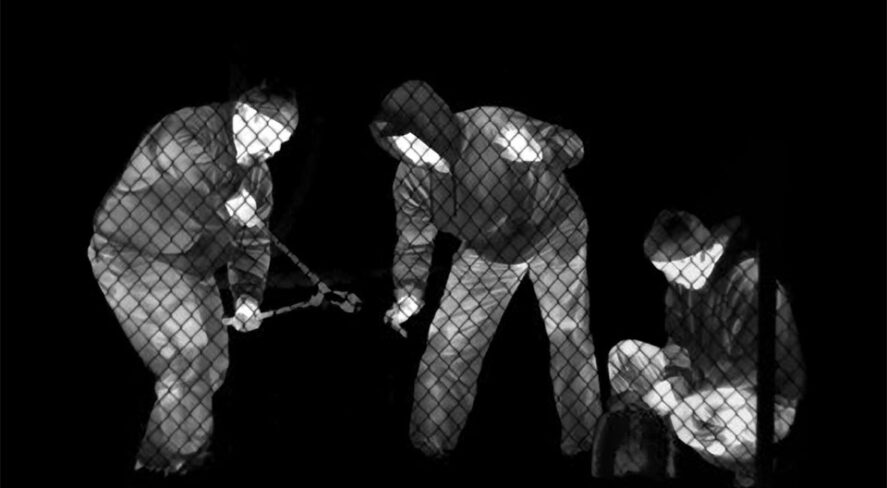How Thermal Cameras Can Boost the Return on Security Investment

Thermal cameras can enhance both situational awareness and operational efficiency

Since the days of analog video, companies using both visible and thermal sensors to improve situational awareness at their facilities have focused primarily on surveillance. By leveraging sensors positioned at areas of interest, a single person could monitor multiple sites. Today, the concept has not changed, but the technology has evolved, and sensors have become more intelligent.
Now, sensors can not only enhance surveillance, they can also improve internal operations for specific, condition-based maintenance applications as well. Facilities are able to leverage a variety of fixed sensors to improve overall awareness, from surveillance to asset management, condition monitoring and beyond.
Sensors for Security
Perimeter protection and general outdoor surveillance is a great application to highlight the advanced functionality of sensor technology. When laying out a design for exterior cameras, integrators are often faced with multiple challenges that range from inadequate lighting to lack of infrastructure to unexpected environmental conditions. Traditionally, a customer would have to settle for what a visible camera could see from available vantage points. Today, however, they can layer technologies to better understand what is happening around a property.
Unlike visible cameras, thermal cameras measure minute variations in temperature. Because people and vehicles cannot hide from the heat they produce, integrating thermal cameras into existing security systems is a great way to expand situational awareness.
For even more coverage, pairing a ground-based radar with a pan-tilt-zoom camera enables the radar to communicate with the PTZ when an object of interest is detected. The camera can then automatically slew to and track the object. Coupled with onboard analytics for security applications, these devices can act as a first line of defense that is able to identify a human up to a half-mile away in stable conditions. For long fence lines and wide area monitoring, this capability delivers better coverage and more consistent performance using fewer cameras.
Sensors for Maintenance
Looking beyond security, many organizations are exploring ways to use fixed sensors to improve operational efficiencies. The application will vary by industry, but, in a general sense, customers are looking to fixed radiometric cameras to analyze temperature data. For example, many industries are adopting this technology to provide early fire detection for bulk storage materials and during lithium-ion battery production. If a camera senses a sudden rise in temperature, it can immediately alert an operator. Customers are also using these sensors to analyze temperature patterns as a way to address potential mechanical/electrical failures, improve manufacturing processes, and prevent general maintenance issues from negatively affecting uptime.
Single-Pane-of-Glass Strategy
Bringing both threat intelligence (external and internal) and log/sensor data (internal) applications together under a single architecture represents the “single-pane-of-glass” strategy, which makes it possible for security and operations professionals to access everything in one place. Many organizations recognize the unique capabilities of these kinds of systems to strengthen the collection and management of data, which allows teams to instantly collaborate and decide on the best course of action for high-priority alerts.
Because thermal and visible sensors are already a trusted technology in security and condition-based maintenance applications, they have proven to be an integral part of this shift to seamless data management. As more organizations successfully merge the systems into one, the value of and need for these sensors will only grow.
It should come as no surprise that the same technology that provides security personnel with situational awareness around the clock is also useful for non-security purposes. The key opportunity for integrators is the potential integration of operations and security applications. Bringing these systems together under a single unified alarm system not only saves end users money, it also creates multiple business opportunities across functions.
